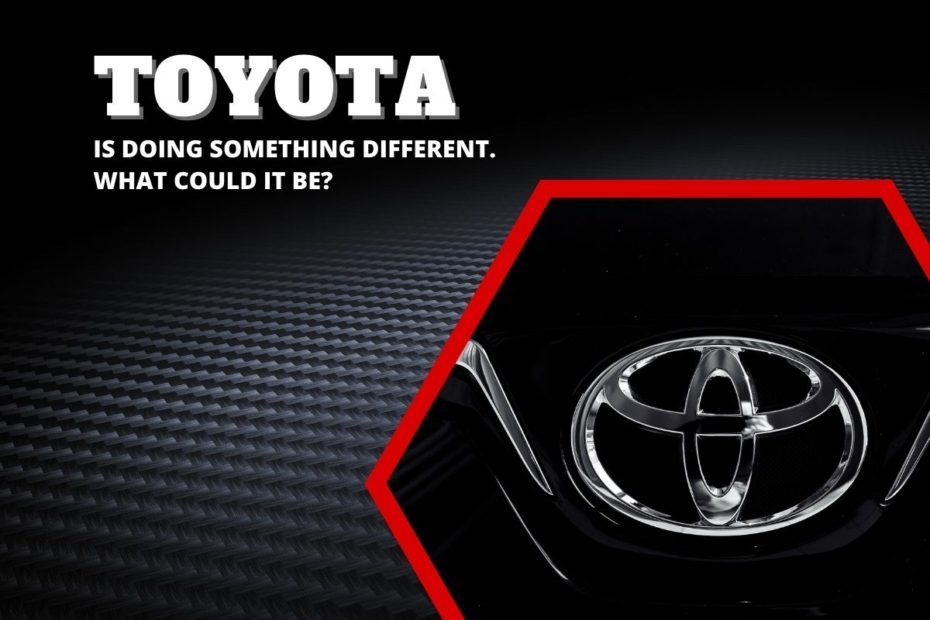Toyota makes superior vehicles that are tough and reliable and are available at the dealer of new and used cars for sale in Orange County like Toyota of Orange. For instance, if you take a look at used cars like the Toyota Land Cruiser, it is in demand within the 4×4 community for its stubborn reliability and Earth-crushing off-road ability. Nevertheless, there is news buzzing around that Toyota is becoming more flexible with its standards to use scratch and dent parts from suppliers, and it is making people question the brand’s position.
Is Toyota Very Dependable?
Toyota trucks, SUVs, and cars for sale have been some of the most robust vehicles on the road. Toyota has said they were ok with using blemished parts as long as the parts still worked. The current supply chain problems have crippled the world’s largest automaker over the past years, costing Toyota considerably. This arrangement to use these parts is one of necessity and practicality. Toyota believes that if the details are still sound and aren’t visible, then they shouldn’t influence a customer’s experience with a car. The logic is trustworthy but will customers perceive it this way?
What Types Of Parts Are Involved?
“We are careful about the parts you can easily see outside our vehicles. But people overlook plenty of places unless they really take a good look,” Takefumi Shiga, Toyota’s chief project leader for vehicle development, said during a press briefing.
This change in acceptable quality from Toyota is exciting and understandable. Toyota has earned the public’s trust by putting the building quality of vehicles first above flashy vehicles. This uncompromising commitment to simple quality and the “don’t fix what isn’t broke” mentality has gathered Toyota a lot of respect from the automotive community.
How Has This Change Influenced The Business?
Last month, Toyota increased its operating profit outlook by twelve percent for the year. Also, this profit bump was helped by agreeable currency rates. Toyota advised – that a shortage of semiconductor chips curbing production and increasing material costs – was damaging its profitability.
This decrease in standards comes from a project that began in 2019 in which Toyota engineers visited the manufacturing plants of their parts suppliers to understand how the operations look. These visits are supposed to ensure that the scratch and dent bits are acceptable for Toyota’s standards.
Shinga and colleagues went to a seatbelts parts manufacturer to see which parts they were unnecessarily rejecting. The results were a reduction in rejected claims by almost 75 percent. With production being such a problem, tough decisions may help keep Toyota moving at a better pace than some competitors.
How To Build Resilience In The Supply Chain
During the early weeks of the COVID-19 pandemic, it was evident how complex yet sensitive our global supply chains have become. When February came around, before the outbreak made its way to Europe and the United States, a supply-induced shock caused production interruptions at many tier-one suppliers, as essential parts from China disappeared. The increasing reliance on single-country sources of supply, especially China, has grown more apparent because of the crisis. If the link cracks, the disruptions increase. From 2000 to 2020, mainland China went from making five to thirty percent of the world’s manufacturing value-added.
We have witnessed that industry leaders have at this time increased the sense of urgency over supply-chain resilience; several manufacturers in Europe and the United States are thinking about suitable backups, such as local sourcing or insourcing.
Presently, companies have to concentrate on particular areas to make their supply chains more resilient after the pandemic. For example, they should carry out rigorous checks on worker health and product safety, monitoring interactions and flagging concerns. They have to place confidence among key stakeholders, restarting operations based on data and analytics-driven demand and supply-chain transparency. In general, organizations should not go back to business as usual but should return to new, faster processes and tools and scaled agile practices.
